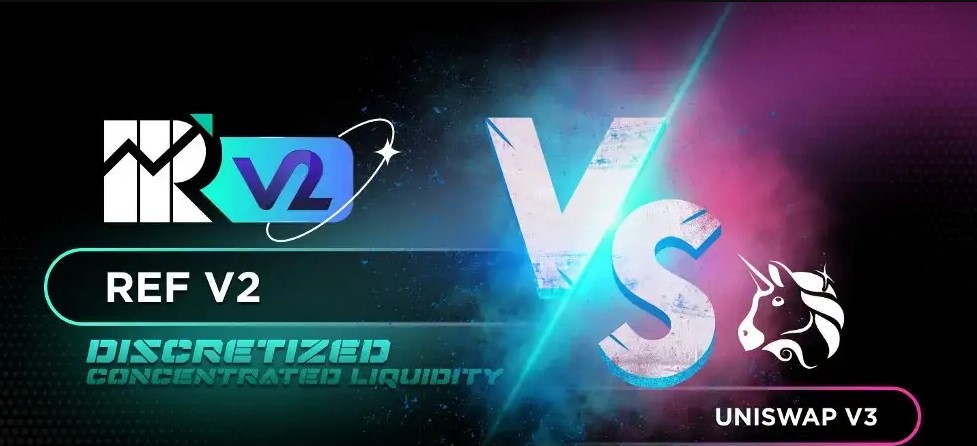After the FTX implosion, taking control of your crypto has become more critical than ever. Where can I look up my transactions?
One of the most important ways to do that is by learning to read a block explorer. For the NEAR Protocol, the most popular NEAR explorers are:
What is a blockchain explorer?
A blockchain scanner is a software used for visualizing different blockchain network metrics like:
- Hashrate
- Block size
- Block difficulty
- Average transaction fees.
So, what can you do with the blockchain explorer? Let’s take a look.
- Track the status of a pending transaction while it’s awaiting in the mempool.
- Track the balance of wallets without having to use the wallet itself. This can be helpful if you want to check the balance in your hardware wallet.
- Track every single transaction going in and out of a particular address.
- View orphaned blocks, aka blocks that aren’t attached to the main chain.
- Explore whale transactions that could have a major impact on the market.
- Keep track of the addresses of well-known crypto leaders.
- Keep track of coins post-hack.
How do blockchain explorers work?
Blockchain explorers work alongside blockchain nodes and use application programming interfaces (APIs), rational databases, and SQL databases to retrieve relevant information from the underlying network. Here are a few things to keep in mind:
- The explorer organizes all this information into a database and displays this data in a searchable format.
- Users can perform searches through an organized table.
- All search requests are sent to the backend server, which provides the required responses.
How do I use a blockchain explorer?
Let’s use the same transaction in Pikespeak and NearBlocks to see how the data presentation differs between these explorers.
Pikespeak
Access to live and historical data with visualisations of the most fundamental Web 3 use cases. Pikespeak is a user-centric (vs transaction-oriented) analytics solution, focusing on user engagement with the most successful applications: DeFi, DAOs, NFTs, Gaming, etc.

NearBlocks

The NearBlocks explorer shows the same data as the total gas and tokens burnt during the transaction.
What does the “System account" do?
LNC NEAR Watcher
LNC NEAR Watcher is a super easy to use Telegram bot to monitor NEAR accounts. Just type NEAR account and get notified about transactions in real time. LNC NEAR Watcher integrated with PikeSpeak.
Conclusion
There are more complicated transactions on the NEAR blockchain. However, this article should give you an idea of how to read these transactions. Explorers allow you to exploit one of the most essential traits of blockchain technology – transparency. It empowers you as a user to meticulously track your coins and see where they are going.
Please login to see this form
Updated: March 6, 2025





Top comment
Thanks for the article!
I have discovered 2 new explorers Nearblocks and Nearscan, those i didn’t know before. I like that they have the interface much more similar to old fellow Etherscan, which is more comfortable to check activities in own addresses. And the best thing is that finally i can see the list of my tokens & tokens transactions. Before i was using NearExplorer only. Unluckily it doesn’t display tokens by address.
But, i faced on something strange. Nearscan displays 4 tokens at my address, but Nearblock shows only one, seems other 3 are missed. Meanwhile wallet.near.org displays 3 tokens at my account, exactly those have been missed by Nearblock, but doesn’t display the 4th, visible in Nearscan(most probably it was a spam token). Why is there a such difference with tokens display by different explorers & wallets?
Unluckily, both these explorers don’t display my NFTs. It would be nice to observe also NFTs & NFT transactions in the explorer, without login to my wallet.
And other thing needs to improve – in the transactions list i don’t see the NEAR deposit value of incoming transactions those sent by smart contracts( in etherscan they called as ‘internal transactions’). I see only the tnx fee value for a such transactions , but the deposit value always is 0 NEAR – so, i need to browse each tnx in deep in order to see how much NEAR this smart contract has sent me. That is not a comfortable way of work for a brief evaluation of my cashflow, better to see all in/out amounts in the list instead of browse each tnx.
my favorite guid
When I first started learning about the NEAR blockchain, NEARExplorer was the first tool I used. Over time, I learned that there are other tools that are more convenient for me. Having studied articles in learnnear.club and on the Internet, I did not find simple and accessible information about block explorers, so I suggested adding this lesson to your courses. Thank you for posting this article. I think that everyone who interacts with the world of NEAR should know and be able to use these tools.
The ability to track transactions, wallet balances, and even whale movements in real-time is incredibly valuable for anyone involved in cryptocurrency. I'd love to see more explorers integrate with user-friendly tools like the LNC NEAR Watcher Telegram bot, making it easier for beginners to stay on top of market trends. Have you guys considered exploring other blockchain networks beyond NEAR? The more diverse the offerings, the better for the crypto community as a whole!
The FTX collapse highlighted the importance of controlling your crypto, making tools like block explorers essential. NEAR Protocol's explorers, like NEAR Explorer and NearScan, offer transparency by tracking transactions, balances, and network activity. Understanding how to use these tools can significantly enhance your crypto management and security.
The NEAR Protocol's blockchain explorers are essential tools for enhancing transparency and control in crypto transactions. They enable users to track pending transactions, check wallet balances, view transaction histories, and monitor validator activities. Understanding how to use these explorers empowers users to manage their crypto assets securely and efficiently.